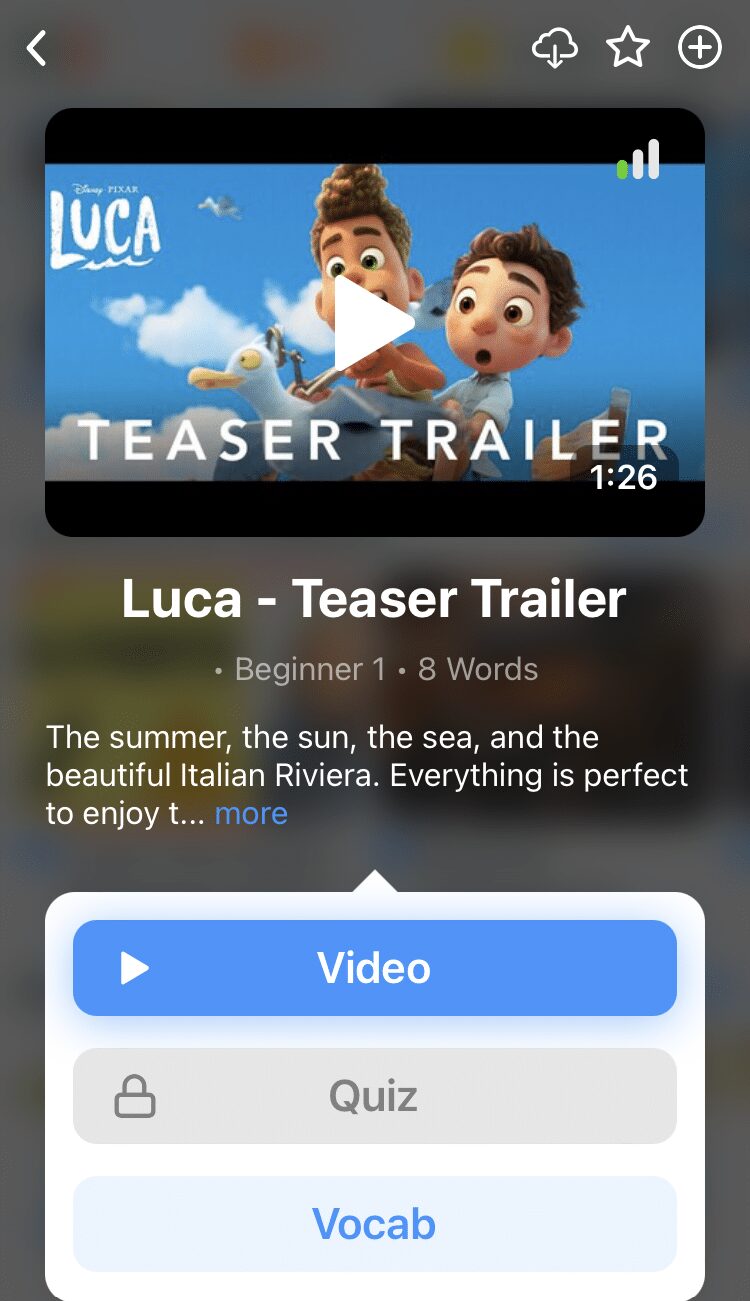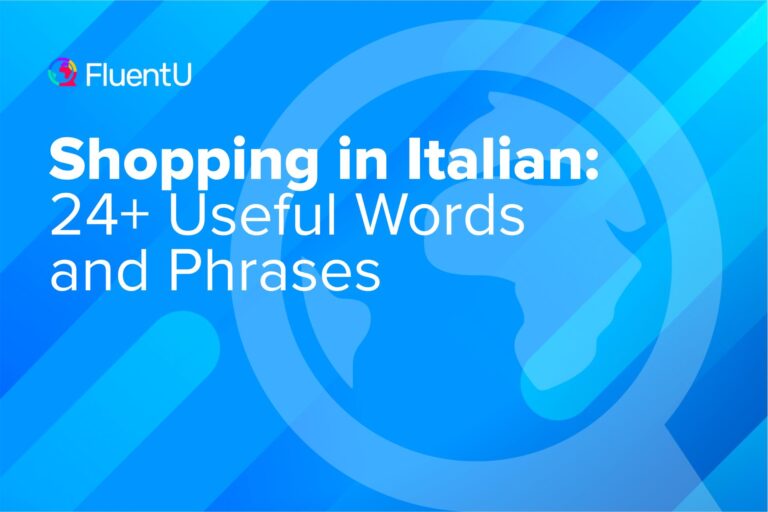Contents
Pronto in Italian: The Complete Guide

The versatile word pronto (ready) in Italian is very useful and applicable to many situations. You can use pronto at home, on the go, on shopping expeditions and even when you go out for dinner. Wherever you are and whatever you’re doing, count on pronto to make the conversation even better.
Let me teach you the meaning of pronto and how to use it in Italian.
Download: This blog post is available as a convenient and portable PDF that you can take anywhere. Click here to get a copy. (Download)
When You Answer a Phone
As you may already know from watching videos or reading books, it’s customary to answer the phone in Italy by saying, “Pronto!” This actually means that you’re ready to begin conversing—which is a brilliant method for encouraging conversation!
If you can’t recall anything past “Pronto!” that’s fine, too. The person on the other end is sure to get the conversational ball rolling.
A side note—this is used when you answer a phone rather than when you call someone. If you’re making the call, just begin the conversation (after the responding “Pronto!” is announced).
Pronto? (Hello?)
Pronto! Chi parla? (Hello! Who’s speaking?)
To Ask if Someone Is Ready
Pronta is the feminine form of this word. If you need to question a female’s readiness, use pronta.
È pronta? (Is she ready?)
È pronta per andare alla partita di calcio? (Is she ready to go to the soccer game?)
The masculine form of this word is the one most recognized, pronto. To inquire about a male’s readiness, use pronto.
È pronto? (Is he ready?)
È pronto per la festa? (Is he ready for the party?)
To Discuss Readiness for Something
The events that most of us prepare for can be discussed using pronto. In particular, this word makes it a breeze to say whether or not you’re ready to do something or go somewhere.
You can use pronto to discuss readiness for many things, like an exam, a marriage or a good night’s sleep.
Sono pronto per il mio esame di guida. (I’m ready for my driving test.)
Non sono pronto per il matrimonio della prossima settimana. (I’m not ready for next week’s wedding.)
To Indicate if You’re Willing to Do Something
Willingness to do something can also be expressed using this great little word. This applies to either a physical willingness, as in doing a task or providing a service, or a mental willingness, as when we forgive or forget.
Sono pronto a iniziare una nuova fase nella mia vita. (I’m ready to start a new phase in my life)
È pronta a dimenticare il suo errore se lui promette di non ripeterlo. (She is willing to forget his mistake if he promises not to repeat it.)
When You Discuss the Speediness of a Situation
If something happens consistently in a short time, use pronto to indicate so. In this case, you’re expressing that this particular readiness is the norm rather than an exception.
Ha sempre la macchina pronta in anticipo. (He always has the car ready early.)
Ha sempre una domanda pronta. (He always has a fast question ready.)
To Say “Get Well Quickly” Formally
It’s a bit more formal than the usual “Guarisci presto!” (“Get well soon!”) expression but pronto can be used to wish someone a rapid recovery from an illness.
Le facciamo gli auguri per una pronta guarigione. (We are sending her wishes for a speedy recovery.)
Spero che tu abbia una pronta guarigione. (I hope you have a speedy recovery.)
To Comment on a Person’s Reflexes
Expressing an opinion about a person’s reflexes can be done with the word pronto. You’re essentially saying that they have “ready reflexes”—they’re ready to react at a moment’s notice!
Il portiere ha riflessi pronti. (The goalkeeper has quick reflexes.)
Non ha mai avuto riflessi pronti. (She has never had quick reflexes.)
To Declare That Something Is Done
To say something is complete and ready to be eaten, use pronto. This usage is a handy one to have in your conversational skill set!
La cena è pronta. (Dinner is ready.)
La torta è pronta, quindi ora mangeremo il dolce. (The cake is ready so now we will eat dessert.)
Some Italian words are very versatile but that doesn’t mean they’re used often, does it? It just makes them usable—but they may not offer lots of occasions to use them.
If you’re wondering about the history of this handy word, Italica School has a video that’s very helpful.
Pronto is both versatile and hugely useful. Many situations can be covered by this one word, making it an important vocabulary item in your language skillset.
Some Italian language learners get the words presto (soon) and pronto confused. The best way to learn the difference is to see these words used by native Italian speakers. There are many ways you can do this, such as looking at this explanation by Learn Amo, or if you want to see the vocabulary used in context and practice you could use a language learning program like FluentU.
FluentU takes authentic videos—like music videos, movie trailers, news and inspiring talks—and turns them into personalized language learning lessons.
You can try FluentU for free for 2 weeks. Check out the website or download the iOS app or Android app.
P.S. Click here to take advantage of our current sale! (Expires at the end of this month.)
Now that you know how to use it, practice using pronto in every applicable situation. If you don’t have the opportunity to conversationally slip this one in, take the examples in this post and build your own practice conversations. Form sentences with these examples as guides, and then use those sentences!
Practice feeling comfortable with using pronto in different situations. When the time comes to converse you’ll be ready to pull pronto into many conversations!
Siete pronti? (Are you ready?)
Download: This blog post is available as a convenient and portable PDF that you can take anywhere. Click here to get a copy. (Download)
And One More Thing...
If you're as busy as most of us, you don't always have time for lengthy language lessons. The solution? FluentU!
Learn Italian with funny commericals, documentary excerpts and web series, as you can see here:

FluentU helps you get comfortable with everyday Italian by combining all the benefits of complete immersion and native-level conversations with interactive subtitles. Tap on any word to instantly see an image, in-context definition, example sentences and other videos in which the word is used.

Access a complete interactive transcript of every video under the Dialogue tab, and review words and phrases with convenient audio clips under Vocab.

Once you've watched a video, you can use FluentU's quizzes to actively practice all the vocabulary in that video. Swipe left or right to see more examples of the word you’re on.

FluentU will even keep track of all the Italian words you’re learning, and give you extra practice with difficult words. Plus, it'll tell you exactly when it's time for review. Now that's a 100% personalized experience!
The best part? You can try FluentU for free with a trial.
Start using the FluentU website on your computer or tablet or, better yet, download the FluentU app from the iTunes or Google Play store. Click here to take advantage of our current sale! (Expires at the end of this month.)








